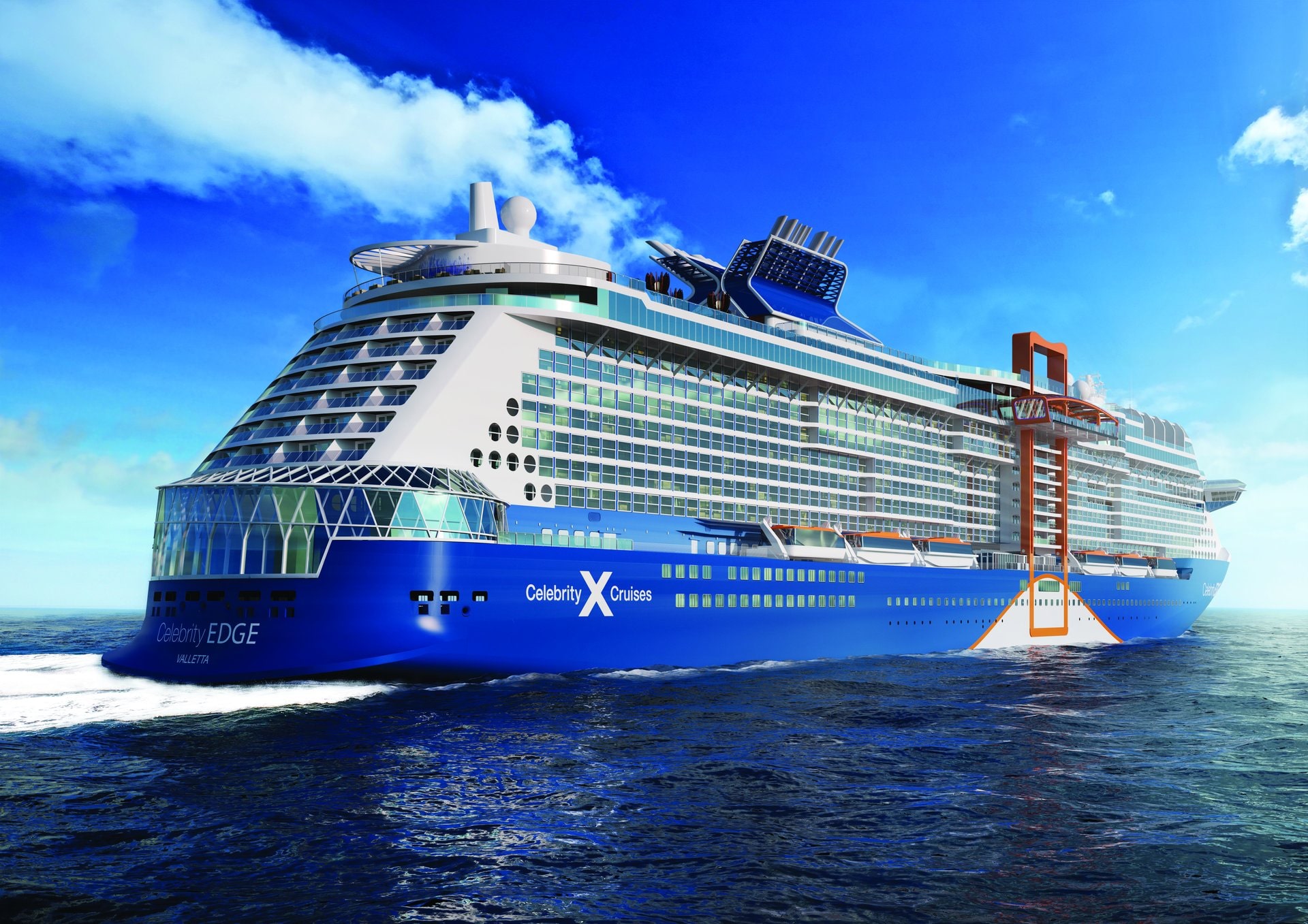
The allure of celebrity status holds undeniable power, leading many fans to emulate their idols’ lifestyles and fashion. This makes launching a clothing line a common side venture for A-listers, hoping to convert fame into lucrative profits. The idea appears straightforward: a famous name attached to a collection should guarantee millions.
Yet, as numerous stars have discovered, a prominent name in entertainment doesn’t assure success in the cutthroat fashion industry. For every thriving celebrity brand, many ventures quietly vanish, leaving behind frustrated designers, disappointed retailers, and substantial financial losses. The journey from red carpet icon to fashion mogul is fraught with unexpected obstacles.
These endeavors often start with immense anticipation, fueled by celebrity endorsements. However, sustained success demands more than just star power. It requires meticulous design, consistent quality, smart distribution, and a deep market understanding. We will explore prominent celebrity fashion flops, examining the missteps that turned promising ventures into cautionary tales.
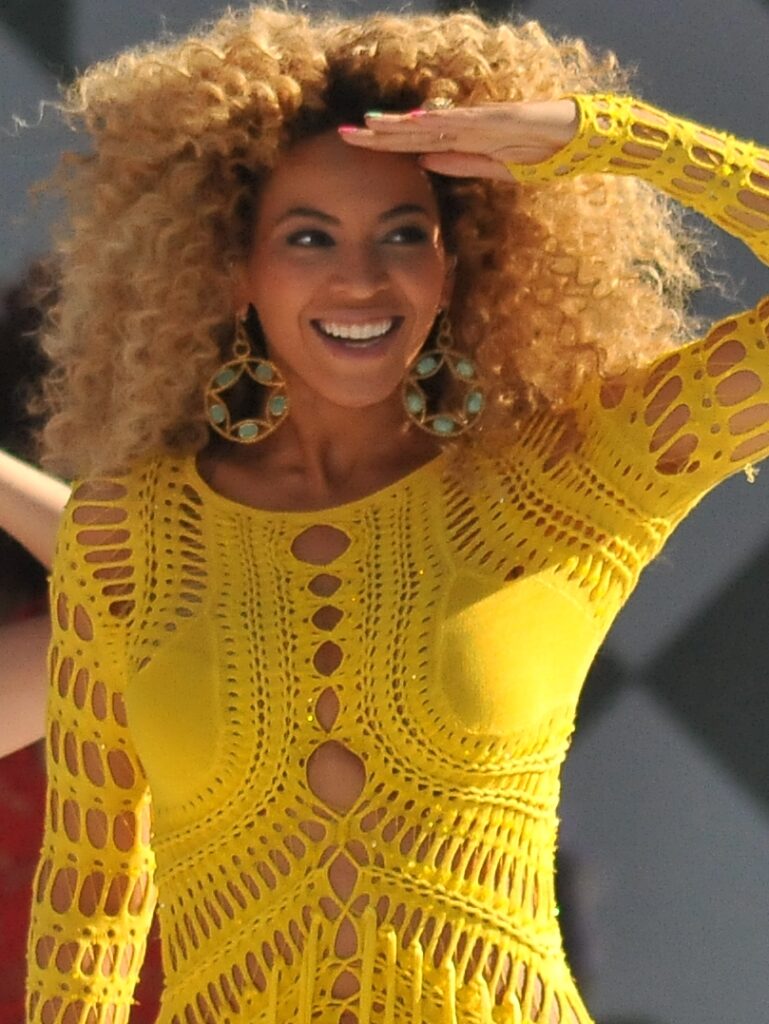
1. House of Deréon – Beyoncé & Tina Knowles’s Fashion Miss
House of Deréon, a notable but short-lived fashion venture, was founded by Beyoncé and her mother, Tina Knowles. It aimed for a unique blend of “couture, kick, and soul,” reflecting its iconic founders. Despite immense fanfare at its debut, bolstered by Beyoncé’s global influence, the collection struggled to secure lasting retail success.
Critics highlighted a disconnect between the brand’s aspirational vision and its practical execution. Designs were often deemed gaudy, and combined with steep prices, this significantly limited mainstream appeal. The brand failed to resonate with a broader consumer base, who perhaps sought more accessible or refined pieces. Its red carpet visibility couldn’t mask its commercial challenges.
By 2012, after years of disappointing retail performance, House of Deréon quietly folded. This outcome emphasizes that even a brand backed by a world-famous entertainer needs fundamental design substance and a genuine consumer connection for longevity. Fame can open doors, but it rarely sustains a fashion enterprise independently.

2. Sweetface & J.Lo Collection – Jennifer Lopez’s Fashion Flops
Jennifer Lopez, renowned for her distinctive style, has had a mixed journey in fashion. Her first line, J.Lo by Jennifer Lopez, launched in 2001, targeted women of all shapes, including the “voluptuous woman.” This inclusive approach initially garnered attention and significant revenue for the star.
Later, Sweetface debuted in 2003, positioned as “more intellectual” and “less sporty, more suede.” It initially received positive reception, with its 2005 fashion show hailed a success, featuring Naomi Campbell. By 2004, Lopez’s lines generated around £215 million, making her the 19th richest person under 40.
However, Sweetface’s momentum proved unsustainable, halting production post-2009. A planned re-launch never materialized. Her later Jennifer Lopez Collection for Kohl’s also ceased in 2020 due to poor sales and shifting retailer strategy. These instances show that even well-marketed celebrity brands require clear identity, staying power, and continuous adaptation to avoid faltering.
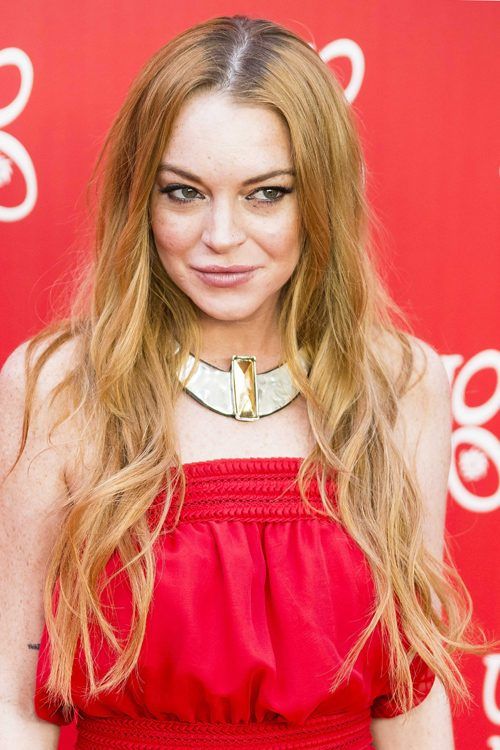
3. 6126 – Lindsay Lohan’s Legging Line That Didn’t Stick
Lindsay Lohan ventured into fashion with her 6126 line in 2008, named after Marilyn Monroe’s birth date (June 1, 1926). Initially specializing in leggings, offered under names like Lust and Fame, it aimed for classic Hollywood glamour. These luxury-priced items were comparably expensive to designer jeans.
The 6126 leggings gained early buzz and secured placement in major department stores like Nordstrom and Bloomingdale’s, plus the D-A-S-H boutique. This initial success translated into millions in earnings, demonstrating Lohan’s celebrity-driven sales power. By May 2010, the brand expanded into a full clothing collection, including dresses and leather jackets.
Despite the promising start, 6126 fizzled out the following year. Its decline was heavily linked to Lohan’s personal controversies and legal issues, hampering business operations. A lawsuit regarding promised interest for photography further complicated matters, leading to settlement and dissolution. This highlights that celebrity branding cannot fully compensate for inconsistent business direction or an unstable public image.
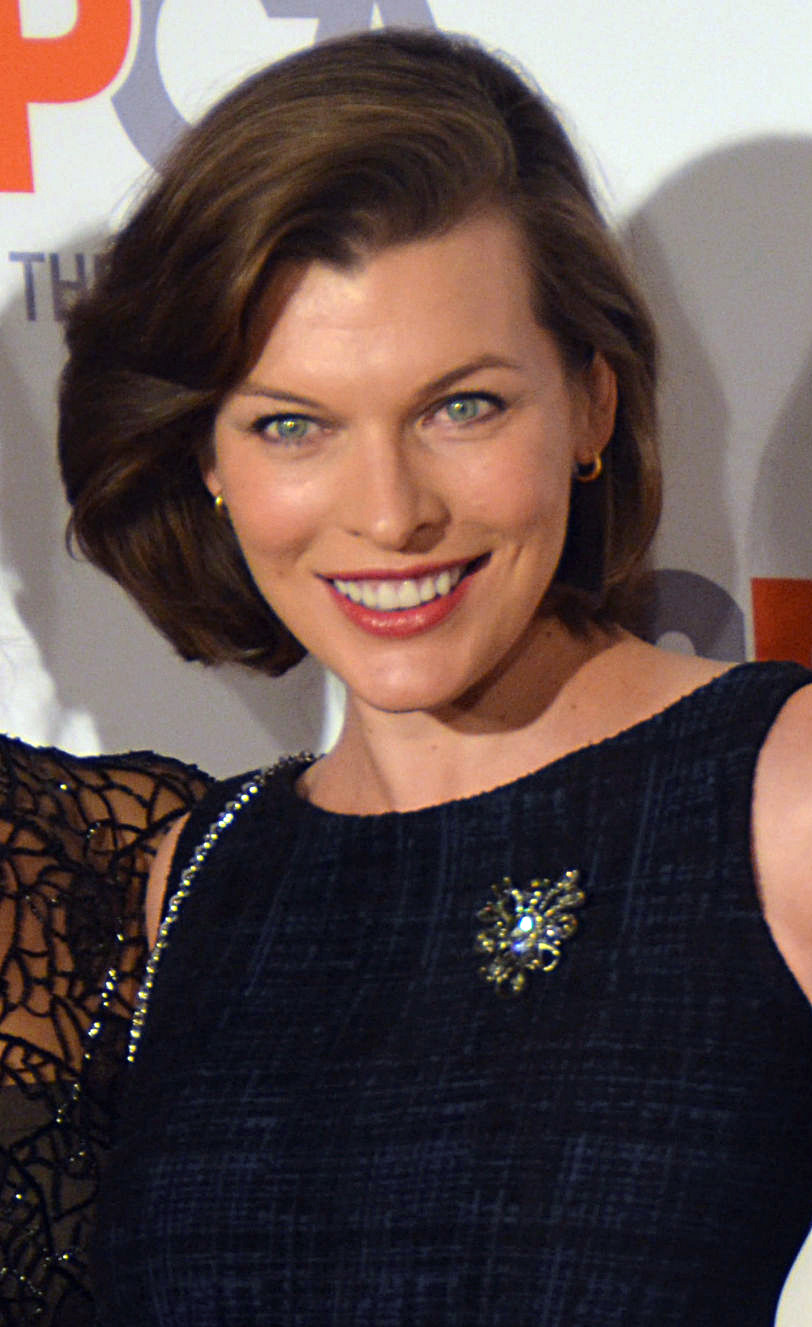
4. Jovovich–Hawk – Milla Jovovich’s High-End Misfire
Milla Jovovich, known for acting and modeling, took a high-end fashion approach with Jovovich–Hawk, launched in 2003 with Carmen Hawk. Unlike mass-market celebrity ventures, Vogue praised its distinctive “vintage-femme aesthetic,” quickly attracting a dedicated cult following.
The brand garnered early critical acclaim and achieved global distribution, indicating its potential in luxury fashion. Its designs were seen as genuine creative expressions, appealing to discerning clients who valued unique style and quality. This success showed that authenticity could build a loyal customer base, even without broad commercial appeal.
However, Jovovich–Hawk’s creative triumphs clashed with business realities. By 2008, the brand closed, primarily due to significant production scalability issues. Jovovich’s demanding acting schedule also created immense time constraints. Scaling a high-end line, from sourcing to manufacturing, proved a formidable challenge beyond critical praise.
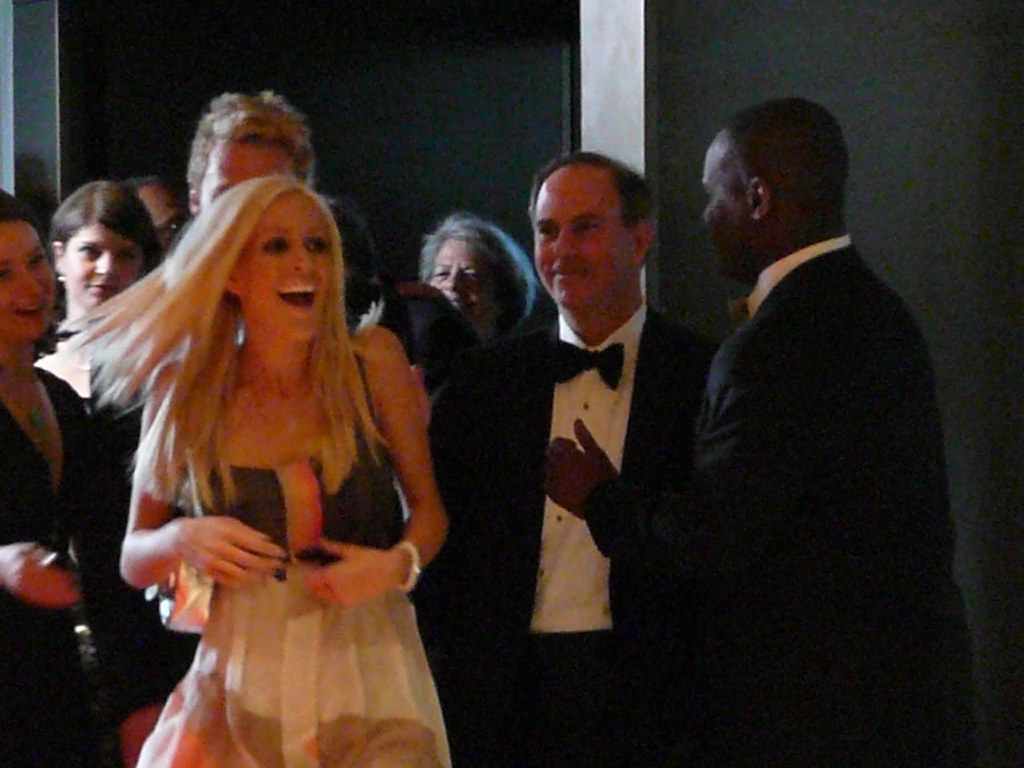
5. Heidiwood – Heidi Montag’s Short-Lived Fashion Attempt
Heidi Montag, famous from “The Hills,” launched her “Heidiwood” fashion line in 2007, sold exclusively at Anchor Blue. It aimed to leverage her reality TV popularity, targeting girls aged 16-21. Heidiwood reflected Montag’s personal style, featuring pieces for both evening and casual wear.
The collection included bright crop tops, cheeky shorts, mini dresses, and a “signature” zebra tie-back top, with affordable prices (£7 to £43). Despite this, the line faced immediate, harsh criticism. Fashion critics universally panned the designs as flimsy, poorly constructed, and aesthetically lacking.
The poor design reception swiftly led to its demise. Heidiwood lasted barely a year; Anchor Blue pulled the plug by 2008. A spokesperson indicated a shift from celebrity endorsements. This abrupt end underscored a crucial truth: credibility in fashion relies on aesthetic quality and execution, not just celebrity endorsement, to meet consumer expectations.

6. FuMan Skeeto – Chris Kirkpatrick’s Streetwear Misfire
Chris Kirkpatrick, from ‘NSYNC, launched his streetwear line, FuMan Skeeto, in 2001. Envisioned as Asian-inspired streetwear, this was a bold move for a pop star associated with mainstream, youthful aesthetics. It aimed to capture a distinct market segment, showcasing Kirkpatrick’s ambition beyond music.
Despite its peculiar name and boy band connection, FuMan Skeeto gained notable visibility. It featured at Fashion Week and secured placements with top retailers. These early achievements suggested initial interest from industry insiders, perhaps due to the novelty of a boy band member entering streetwear.
However, this initial visibility proved insufficient for sustained success. The brand quickly fizzled out, failing to establish a lasting presence. Critics and consumers struggled to reconcile the brand’s identity with Kirkpatrick’s image, and execution lacked a compelling narrative. Celebrity visibility generates buzz, but not staying power without genuine brand depth and clear identity.
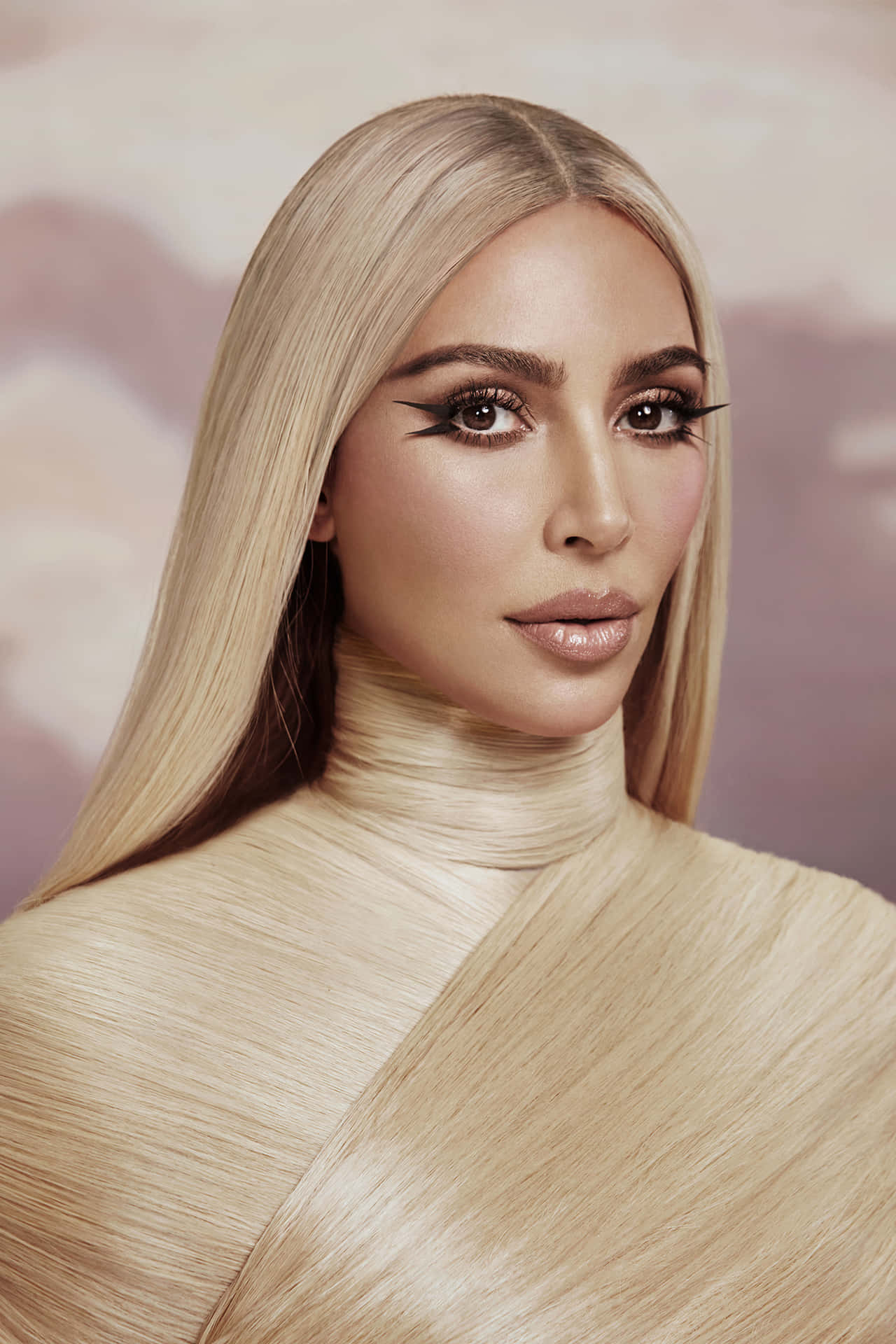
7. Kardashian Kollection & DASH – Fame Doesn’t Equal Longevity
Before their current empire, the Kardashian-Jenner family ventured into retail with the Kardashian Kollection and DASH boutiques. The Kollection, launched at Sears, aimed to bring their glamorous style to a mass audience through affordable clothing, accessories, and home goods.
DASH boutiques offered a more curated retail experience, opening in Calabasas in 2006 and expanding. These stores became early cornerstones of their brand, frequently featured on their reality shows. This allowed fans glimpses into their business, heavily capitalizing on the sisters’ growing fame and public interest.
Despite years of operation and massive media exposure, both ventures eventually faded. The Kollection struggled to gain fashion credibility and ceased operations. DASH closed in 2018 after 12 years. Their closures highlighted that extensive runs and unparalleled celebrity backing don’t guarantee enduring success; constant reinvention and relevance are crucial.
The dazzling spotlight of celebrity often masks the harsh realities of the fashion industry, a truth many A-listers discover after their initial splash. Beyond the initial design flaws and branding missteps, the journey from star to style mogul is fraught with challenges like operational complexities, market oversaturation, and the brutal impact of economic downturns. These broader obstacles often prove insurmountable, even for the most well-known names.
We continue our exploration of celebrity fashion lines that, despite immense fanfare and financial backing, ultimately stumbled and fell, revealing deeper systemic issues that fame alone simply cannot overcome. These narratives offer invaluable insights into the intricate dance between celebrity endorsement and genuine market credibility.

8. Kardashian Kard – A Glamorous Debit Card Gone Wrong
In a surprising pivot that underscored the family’s expansive branding ambitions, the Kardashians ventured beyond clothing into finance with a prepaid “Kardashian Kard.” This move was a clear attempt to leverage their immense brand recognition into an entirely new market segment, pushing the boundaries of what a celebrity endorsement could encompass. It represented a fascinating, albeit risky, extension of their empire-building strategy.
The venture, however, was short-lived and spectacularly disastrous. The prepaid debit card was met with immediate and widespread outrage, not for its aesthetics, but for its business model. Consumers quickly discovered it came with an array of hidden fees, which were widely perceived as predatory and exploitative, especially for a product marketed by public figures. This backlash was swift and severe.
Amidst the public outcry and accusations of financial impropriety, the “Kardashian Kard” was canceled after just one month. Its rapid demise served as a stark reminder that while celebrity branding can open many doors, it carries significant risks when venturing beyond one’s core expertise. The failure highlighted that public trust and ethical business practices are paramount, even for the most famous families.

9. Sarah Jessica Parker – Bitten: When Carrie Bradshaw Couldn’t Bite
Following her iconic portrayal of fashionista Carrie Bradshaw in “Sex and the City,” Sarah Jessica Parker’s foray into fashion with her “Bitten” line in 2007 seemed like a natural, almost predestined move. Expectations were undoubtedly high, with many anticipating a collection that mirrored Bradshaw’s flamboyant and glamorous style. Yet, SJP opted for a markedly different approach, targeting mass-market accessibility.
Launched exclusively at the now-defunct Steve & Barry’s stores, Bitten aimed to democratize fashion, offering “simple, well made clothing that they could be proud of” with an attractive price point—all items and accessories were under £15. This “affordable mum-chic” style, featuring basic dresses, printed hoodies, and lingerie in a wide range of sizes, was promoted with slogans like “Shine brightly, spend lightly,” emphasizing fashion as an accessible right, not a luxury.
The novelty and affordability initially generated buzz and success. However, the line soon faced a barrage of complaints regarding the quality and fit of the garments, with critics like BeautyRiot.com famously labeling it one of the worst celebrity fashion lines ever produced. The aspirations of accessible fashion clashed with poor execution. Ultimately, Bitten bit the dust when Steve & Barry’s filed for bankruptcy in 2008, taking SJP’s affordable venture down with it and illustrating the critical importance of quality, even at low price points.
SJP, however, learned from the experience. She went on to launch her eponymous luxury shoe and handbag brand in 2014, and a ready-to-wear bridal collection in 2018, demonstrating a strategic shift to higher-end markets where her personal brand and style credentials could be better leveraged, achieving significantly more sustained success. This evolution underscores the importance of aligning brand identity with market positioning and quality expectations.

10. Mandy Moore – Mblem: A Melodic Misfire
Singer-actress Mandy Moore launched her contemporary Mblem line in 2005, carving a niche by specifically catering to taller women. What began as a collection primarily focused on knitwear steadily expanded by 2007 to include a full range of dresses, tunics, and tops. The brand managed to secure distribution in prominent department stores like Bloomingdale’s, Nordstrom, and Macy’s, suggesting an initial belief in its potential.
Despite this promising start and a clear target demographic, Mblem struggled to establish a lasting foothold in the competitive fashion landscape. The brand faced an uphill battle to truly define its unique selling proposition beyond accommodating height. The core aesthetic, while contemporary, failed to capture significant market share or build a strong, loyal customer base.
By 2009, Mblem ultimately folded, with Mandy Moore subsequently shifting her focus back to her music career. Its demise highlighted that even with a targeted approach and celebrity backing, a fashion line needs a compelling and consistently executed vision that deeply resonates with consumers. Without that enduring connection, even well-intentioned ventures can quickly lose momentum.
Moore, reflecting on the experience, expressed her continued fascination with the fashion world, telling WWD that any future venture “would have to be the right situation… a great partnership that could represent a true reflection of me and my ideas and you know that wasn’t happening.” This sentiment speaks volumes about the importance of creative control and authentic brand representation for celebrity designers.
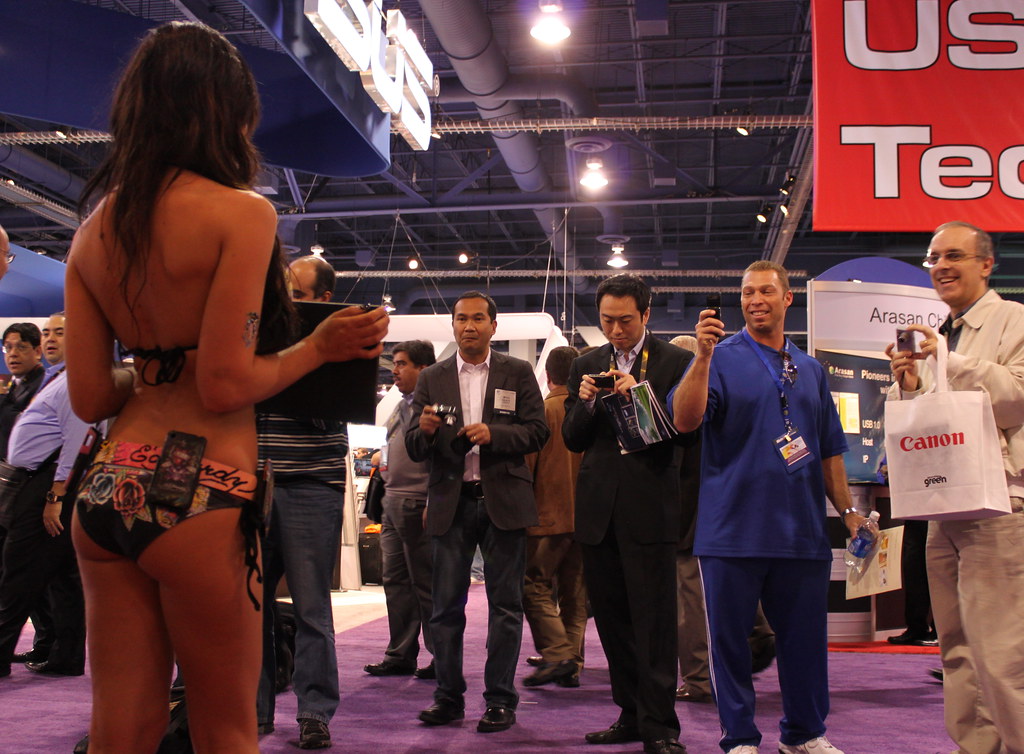
11. Ed Hardy – Tattoo Art That Peaked Too High
While not the exclusive domain of a single celebrity, the Ed Hardy brand exploded onto the fashion scene in the mid-2000s, largely fueled by a celebrity licensing model. This phenomenon saw everyone from reality TV stars to chart-topping musicians sporting its distinctive, tattoo-inspired designs. The brand became synonymous with a certain flamboyant, rock-and-roll aesthetic that briefly captured the zeitgeist.
Under the creative direction of Christian Audigier, Ed Hardy’s bold graphics, often featuring skulls, tigers, and hearts, adorned everything from t-shirts and hoodies to caps and accessories. Its widespread adoption by celebrities like Madonna, Britney Spears, and the cast of “Jersey Shore” gave it unprecedented visibility and propelled it into a mainstream cultural phenomenon, generating massive buzz and sales.
However, the brand’s rapid ascent was quickly followed by an equally dramatic decline. The very ubiquity that once defined its success became its undoing. Ed Hardy suffered from severe oversaturation, with its designs appearing on countless products of varying quality, diluting its exclusivity and cachet. The questionable marketing strategies further contributed to its downfall, leading to a perception of gaudiness rather than edgy cool.
By 2011, the Ed Hardy craze had crashed hard. The brand, once a symbol of cool, was now widely mocked and associated with a bygone era of excess. Its trajectory remains a powerful cautionary tale about the perils of unchecked expansion and the ephemeral nature of trends, demonstrating that even massive cultural buzz cannot sustain a brand without consistent quality and a carefully managed, authentic identity.
Read more about: Inside Vanilla Ice’s Garage: A Deep Dive into the Rapper’s Eclectic and Multi-Million Dollar Automotive Collection

12. Jessica Simpson Collection – Billion-Dollar Brand That Hit Bankruptcy
In stark contrast to many of the short-lived ventures on this list, Jessica Simpson’s fashion empire was a true powerhouse, at one point generating an astounding billion dollars in annual revenue. Launched in 2005, the Jessica Simpson Collection grew into a comprehensive lifestyle brand, encompassing clothing, shoes, accessories, swimwear, fragrances, and more. It was a testament to how a celebrity’s vision, combined with strategic partnerships and a clear understanding of the market, could translate into colossal commercial success.
Simpson’s brand resonated deeply with a broad consumer base, offering trendy, accessible, and affordable fashion that reflected her own relatable, girl-next-door image. It proved that star power, when coupled with a genuine connection to consumers and consistent product delivery, could indeed build an enduring and incredibly lucrative business. For years, it stood as a shining example of a celebrity transforming fame into a legitimate, multi-faceted retail juggernaut.
Yet, even this titan of celebrity fashion was not immune to the unforgiving tides of the business world. In 2021, its parent company, Sequential Brands Group, filed for Chapter 11 bankruptcy protection. While Simpson herself eventually regained ownership and management of her brand, the filing underscored a critical lesson: even the most dominant and financially successful celebrity fashion enterprises remain vulnerable to broader economic shifts, intricate licensing agreements, and the volatile retail landscape.
The saga of the Jessica Simpson Collection illustrates that long-term scale in the fashion industry demands robust business resilience, meticulous financial management, and the ability to navigate complex corporate structures, rather than relying solely on star power. Its journey from billion-dollar success to bankruptcy and eventual reclamation serves as a powerful reminder of the relentless challenges inherent in maintaining a major fashion brand.

13. LL Cool J for Sears – Short-Lived Hip-Hop Homeware*
Hip-hop icon LL Cool J, renowned for his influential music and acting career, ventured into fashion with a line launched exclusively for Sears in 2008. His collection aimed to bring his distinctive urban style to a mass market, offering a range of “glittery hoodies and other back-to-school style sportswear.” It was a collaborative effort, even featuring LL, his wife Simone, and their four children in accompanying advertisements, personalizing the brand’s appeal.
The timing, however, proved to be catastrophically unfortunate. The launch of LL’s line coincided almost exactly with the swift plummet of the global economy, as the 2008 recession began to take hold. Consumers’ discretionary spending tightened dramatically, making new, non-essential fashion purchases a low priority for many families grappling with financial uncertainty.
Barely six months after its much-anticipated debut, the LL Cool J for Sears line was quietly discontinued. Its swift demise highlighted how even a popular celebrity’s strong brand appeal and a major retail partnership could not withstand the overwhelming force of a severe economic downturn. The venture became another casualty of broader market challenges, demonstrating that macro-economic conditions can often trump celebrity influence and marketing efforts.
**The Unvarnished Truth Behind the Glamour**
These stories serve as powerful testaments to the complex, often unforgiving nature of the fashion industry. While the allure of a celebrity name can undoubtedly generate initial excitement and open doors, sustained success demands far more than just star power. It requires a meticulous understanding of market dynamics, impeccable design quality, astute business strategy, robust production capabilities, and an unshakeable connection to the consumer. From production scalability issues to economic downturns, and from inconsistent brand identity to the perils of oversaturation, the path to fashion moguldom is littered with unexpected pitfalls. These cautionary tales reveal that true staying power in fashion comes from authenticity, resilience, and a profound dedication to the craft, proving that even the brightest stars can flicker out when faced with the cold, hard realities of the retail world.

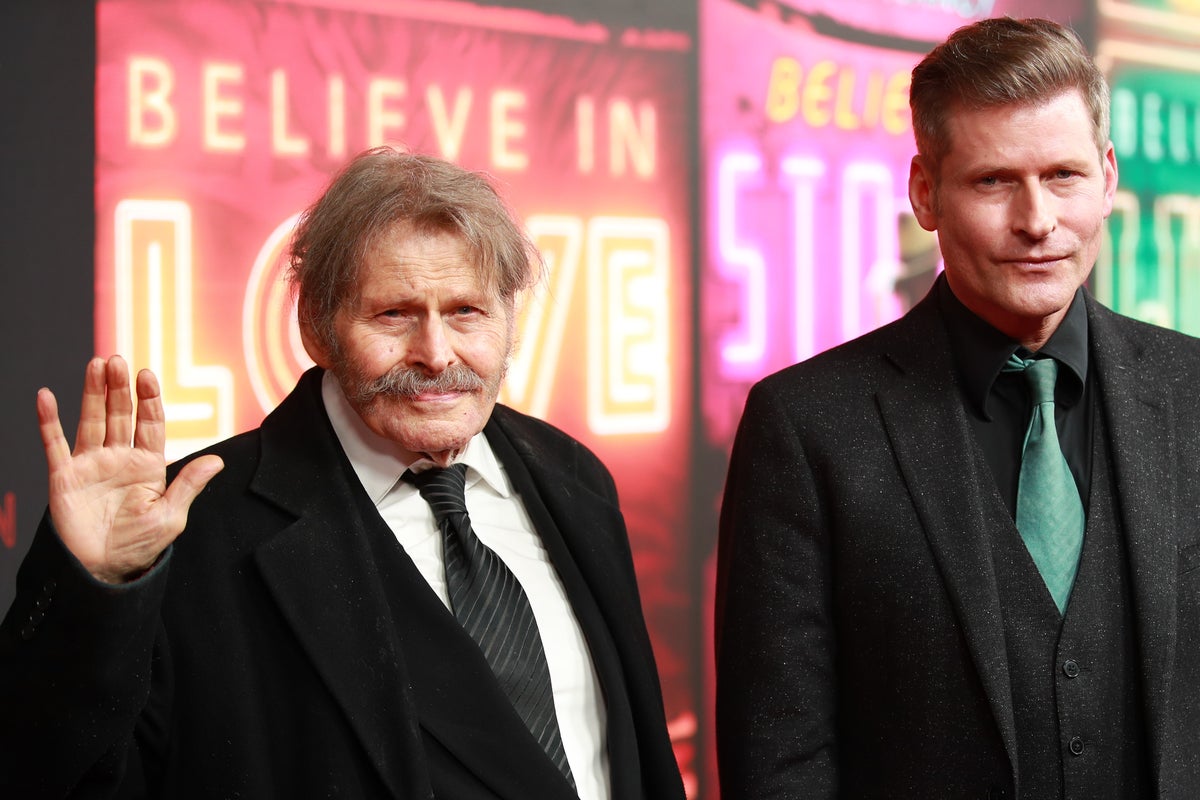

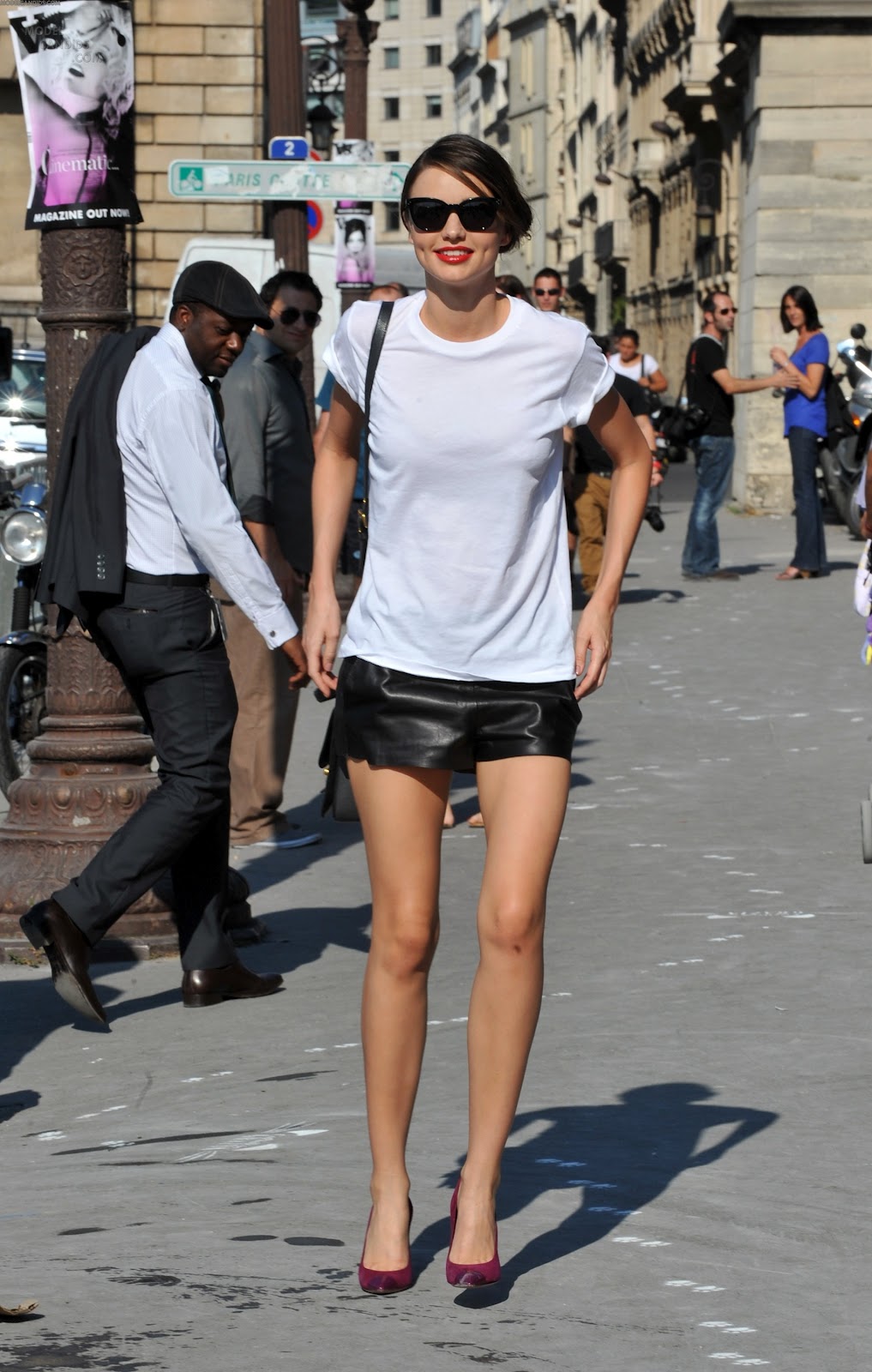.jpg)